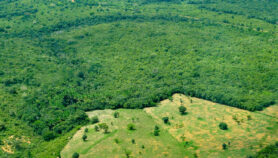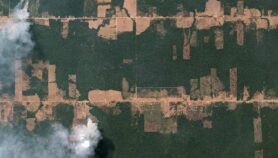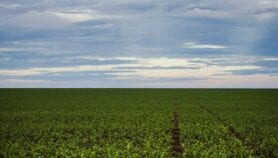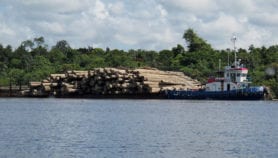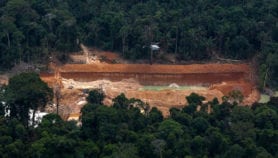By: Hawk Jia
Send to a friend
The details you provide on this page will not be used to send unsolicited email, and will not be sold to a 3rd party. See privacy policy.
[BEIJING] Old-growth forest might store far more carbon than previously thought, making their preservation a higher priority in carbon trading and other efforts to tackle global warming.
Classified as forests at least 100 years old, old-growth forests are widespread in tropical and subtropical developing countries. Until now, they were not thought to absorb and store significant amounts of greenhouse gases from the atmosphere.
In a study published in Science this week, however, scientists show that a 400-year-old forest in southern China is soaking up carbon from the atmosphere considerably faster than expected.
Knowing this, developing countries with abundant old-growth forest cover could ask rich countries for compensation through the global carbon trade, said team leader Guoyi Zhou.
The finding could also help reduce deforestation in the developing world, added Zhou, from the Guangdong Province-based Dinghushan Forest Station, Chinese Academy of Sciences.
So far, protecting forests from deforestation is not included in the global carbon trade, a mechanism enabling industrialised countries to pay developing nations for reducing the latter’s carbon dioxide emissions (see ‘Trading carbon could reduce deforestation‘).
In the study, Zhou and colleagues discovered that the top 20 centimetres of soil in old-growth forests can contain much more carbon than people had expected.
Until now, scientists believed that carbon taken up by old-growth forests from the atmosphere was balanced by the carbon they release, partly because of the large amounts of decomposing organic matter in their soils, ‘unlocking’ significant amounts of carbon.
The group of scientists measured carbon in the soil collected between 1979 and 2003. They found that organic carbon concentrations in the top 20 centimetres of the soil increased in that period from about 1.4 per cent to 2.35 per cent.
"We began to collect data on soil organic carbon in the mid-1970s, which enabled us to make this comparison," says Zhang Deqiang, one of the researchers and an associate professor at Dinghushan Forest Station.
The forces driving this rise are not yet clear, and the authors say their findings point to the need for further research on the complex responses of old-growth forest to global environmental change.
"We estimate that the increased acidity resulting from industrial pollution might have curbed the activities of micro-organisms, hence reducing the speed of soil degradation process. But this needs more systematic studies," Zhang told SciDev.Net.
Reference: Science 314, 5804, (2006)







